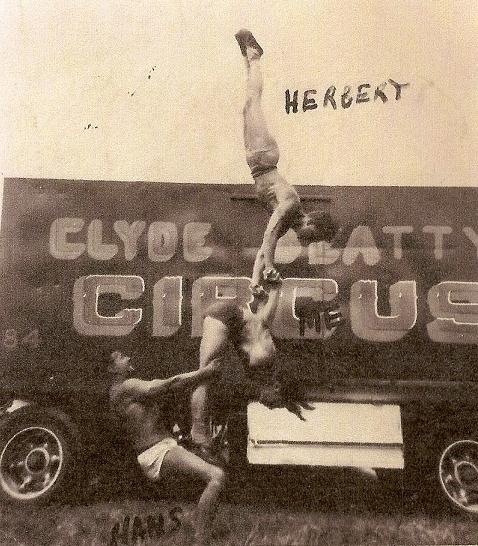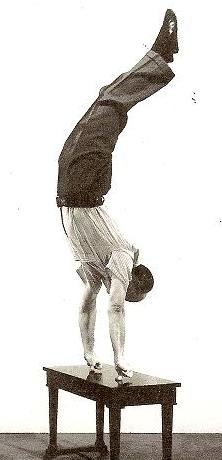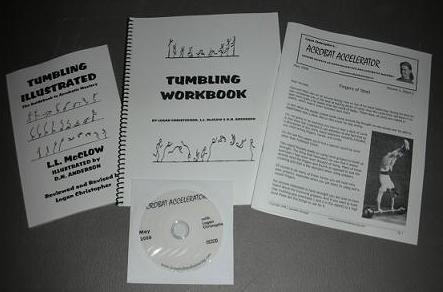Every once in a while you need to take a little time off from your training. This could be a few days or a week. Maybe a month while you focus on other goals.
This is not a bad thing. Sure, you won’t be making direct progress during that time. But more often than not, you’ll come back with a fury, excited and supercharged to make big gains once again.
This is as true with hand balancing, as with any other form of training.
If you go about something the same way, day in and day out, for a long, long time you will go stale eventually. Your body and mind will get use to it.
Taking a break can be like re-fueling the engine.
It goes without saying that you do have to devote time to practicing and working toward your goals. You can’t be on a break all the time.
And when you do come back there may be a day or more in which it doesn’t feel right. Where it seems your skills have gone down.
Not to worry, just get back into the flow of things and soon you’ll be surpassing old records.
Such is the case for myself. I’ve had to change up my training for reasons I won’t get into this time. Hand balancing had to take the back seat for a few weeks.
I still did some, but not with the same intensity and effort I was before. Believe it or not, many days I was left too sore to even hold a handstand. Certainly not in any shape to work on harder skills.
But I’m not beating myself self up over it. Because soon enough I’ll launch right back into it. With new energy I know I’ll be making some impressive gains.
How about you?
Know that at any time you can switch what you’re doing and go after something 100%. To get yourself back in gear instead of going through the motions.
Good Luck and Good Hand Balancing,
Logan Christopher
P.S. Special announcement coming next week…











